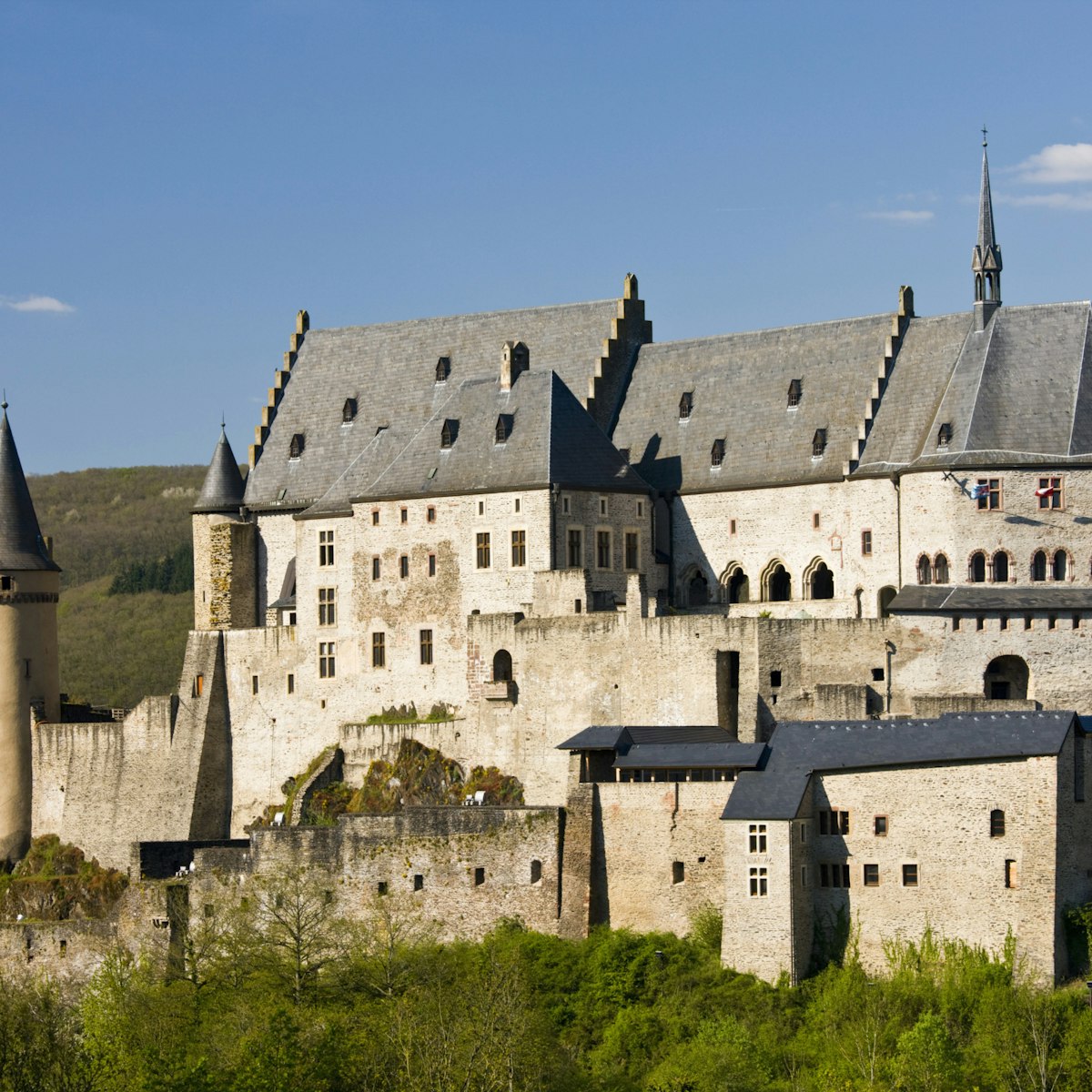The standout attraction at Clervaux' reconstructed 12th-century castle is Edward Steichen's Unesco World Heritage-listed photography exhibition Family of Man. Gifted to Clervaux in 1964, this ‘mirror of the essential oneness of mankind’ comprises 503 black-and-white, mid-20th-century photos by 273 photographers from 68 countries interspersed with thought-provoking quotations. Free 90-minute tours in English take place at 4pm on Sundays.
There are two other museums here, one on Luxembourg castles with scale models, and another on the WWII Battle of the Ardennes.
Otherwise known as the Battle of the Bulge, it was the last major German offensive campaign on the Western Front, and resulted in the original castle's destruction.

